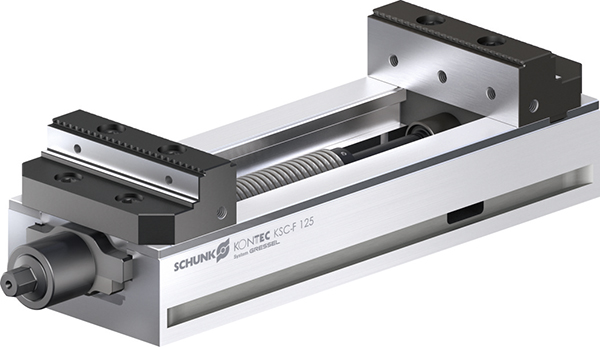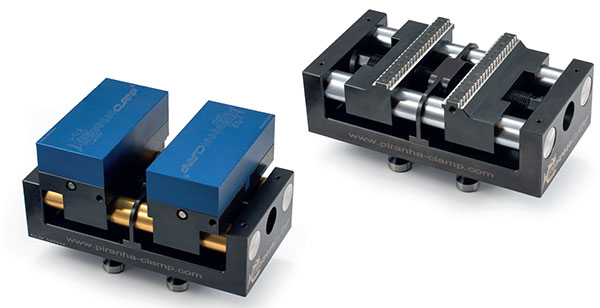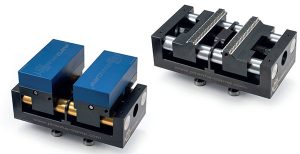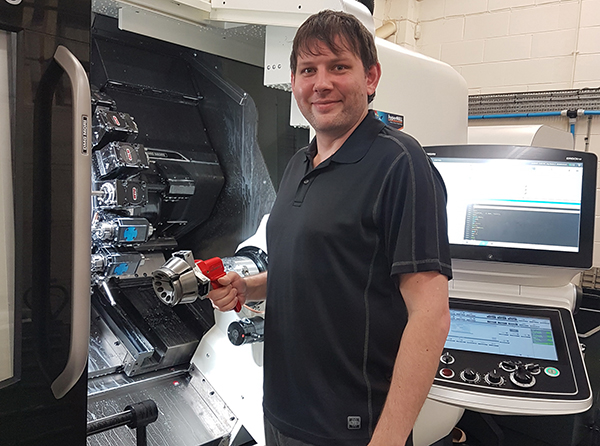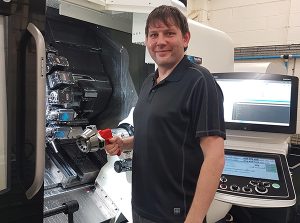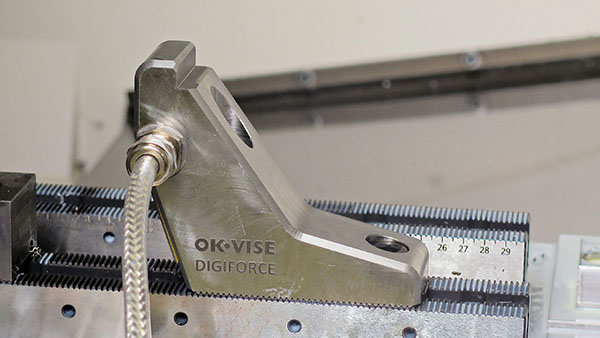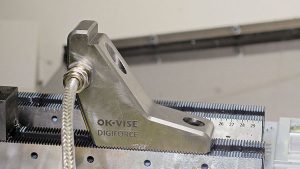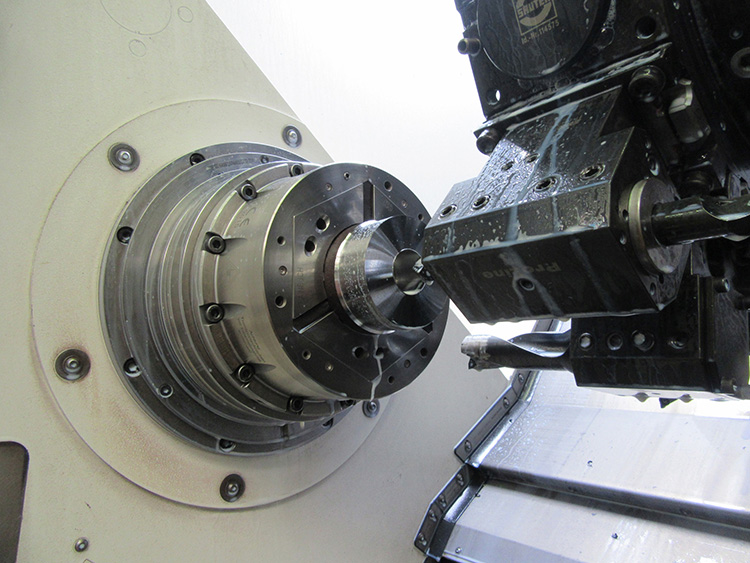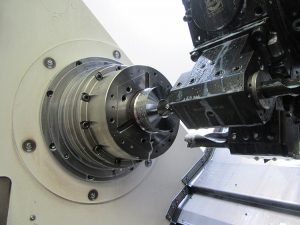At last month’s Southern Manufacturinig exhibition in Farnborough, UK, Schunk handed a UK exhibition debut to its Kontec KSC-F single-acting
vice, as well as the KSC 6-jaw gripper vice.
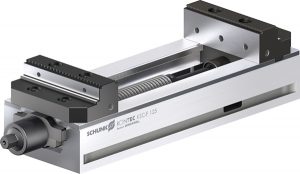
The modular configuration of the KSC-F is credit to the Vero-S interface and 160° quick-clamping system. This all-rounder for raw and finished part machining is suitable for manual and automated machine loading. The KSC-F with its flat, lightweight design is seen as applicable for use in pallet storage units. Each size – KSC-F 80, KSC-F 125, and KSC-F 160 – is designed for the common machine tool pallet sizes of 320 x 320, 400 x 400 and 500 x 500 mm. The KSC-F achieves high clamping forces even at a comparably low torque level, says Schunk.
Alongside the KSC-F was the KSC six-jaw gripper vice. This six-jaw gripper vice system performs well when processing high-strength materials, says Schunk, and the safe clamping configuration can resist extreme lateral forces when machining difficult-to-process materials.
With clamping forces up to 90 kN, the KSC is designed to deliver stability in operations that require a low clamping depth, providing the end user with good access to the workpiece with improved clearance between the component and the clamping system. The vices are suitable for clamping workpieces up to 125 mm wide.
For further information www.schunk.com






